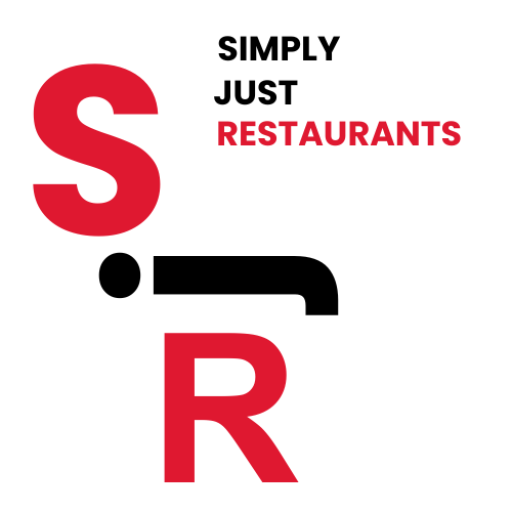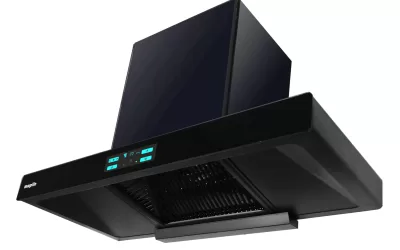A dough-making machine, often called a dough mixer, is one of the most critical pieces of equipment in any bakery, pizza shop, or establishment that prepares baked goods. Whether you are making bread, pizza dough, pastries, or other baked items, a dough mixer significantly enhances productivity, consistency, and ease of preparation. However, effective operation of a dough-making machine requires more than just turning it on. It involves understanding the equipment’s parts, functionality, safety, maintenance, and troubleshooting. This comprehensive guide will cover all aspects of operating a dough-making machine to ensure you get the best results every time.
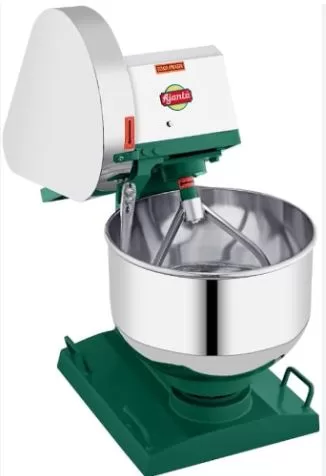
1. Types of Dough-Making Machines
-
Understanding the different types of dough-making machines is crucial when it comes to selecting the best equipment for your needs. The three primary types of dough mixers are:
1.1 Planetary Mixers
A planetary mixer features a stationary bowl while the mixing attachment rotates around a central point (like planets around the sun, hence the name). These are versatile machines suitable for small to medium batches of dough. They come with interchangeable attachments for kneading, mixing, and whipping, making them a multi-purpose choice.
- Best for: General-purpose dough making, including bread, cookies, and cakes.
- Capacity: Typically ranges from 5 to 60 quarts.
1.2 Spiral Mixers
Spiral mixers are designed explicitly for dough-making, particularly heavy dough like pizza or bread dough. In these machines, the bowl rotates while a spiral-shaped hook kneads the dough, allowing for more consistent kneading without overheating the dough. They are ideal for larger batches.
- Best for: Bread and pizza dough.
- Capacity: 50 to 500 quarts (larger batches).
1.3 Vertical Cutter Mixers (VCM)
VCMs are high-speed, large-capacity mixers that can knead, chop, and blend ingredients quickly. They are used in high-volume commercial kitchens and bakeries. The dough is processed at high speed, which can reduce kneading time.
- Best for: Large-scale operations where high volume and speed are essential.
- Capacity: 20 to 100 quarts, but they mix faster than other types of mixers.
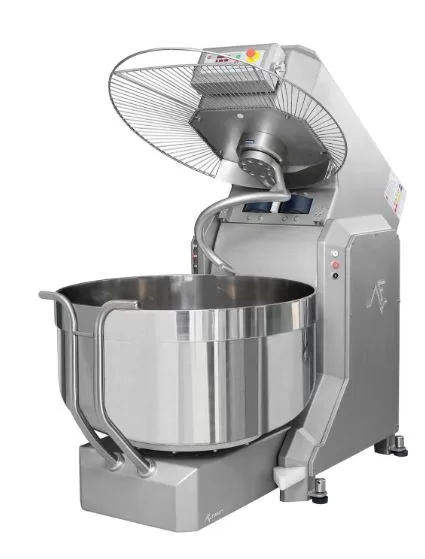
2. Preparing the Dough-Making Machine for Operation
Before using a dough-making machine, it’s important to prepare both the machine and the ingredients to ensure the best results. This section will discuss the steps to take before starting the mixing process.
2.1 Reading the User Manual
While this guide provides general instructions, it’s crucial to familiarize yourself with the specific machine’s user manual. Each model may have particular features, and following the manufacturer’s instructions ensures safe and efficient use.
2.2 Ensuring Cleanliness
Cleanliness is paramount in food preparation. Before use, ensure the dough-making machine is clean and free from any residual dough or ingredients from previous use. Dirty equipment can lead to bacterial contamination or spoil the current batch of dough.
- Steps to clean:
- Remove the bowl and attachments (if possible) and wash them with warm soapy water.
- Wipe down the machine’s exterior and interior parts.
- Make sure all surfaces are completely dry before use to avoid water contamination in the dough.
2.3 Gathering Ingredients and Tools
Having all your ingredients and tools prepared before starting will ensure the mixing process goes smoothly. Common ingredients for dough include flour, water, yeast, salt, sugar, and oil. Measure these ingredients according to your recipe to ensure precision.
- Tools needed:
- Measuring cups and spoons
- Scrapers or spatulas
- Dough hook or mixing attachments (depending on your machine)
2.4 Inspecting the Machine
Before turning on the dough-making machine, inspect it for any visible damage or wear and tear. Check the electrical connections and power cord to ensure everything is in proper working condition.
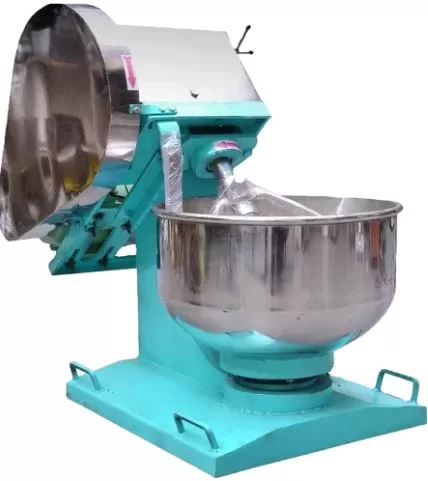
3. Operating the Dough-Making Machine
-
Once your machine is ready and your ingredients are measured, it’s time to start the dough-making process. The following steps will guide you through operating a dough-making machine safely and effectively.
3.1 Loading the Ingredients
The order in which ingredients are added can significantly impact the dough’s consistency and texture. Follow the recipe’s instructions closely regarding ingredient order.
- General order of ingredients:
- Water/liquids: Begin by adding the liquid ingredients, which will prevent the flour from sticking to the bottom of the bowl.
- Flour: Add flour evenly to the top of the liquids.
- Yeast: Add the yeast on top of the flour. This keeps it separate from the salt, which can hinder yeast activation if they come into direct contact.
- Other ingredients: Finally, add salt, sugar, and fat (oil or butter).
3.2 Selecting the Correct Mixing Attachment
Most dough-making machines come with different attachments, each designed for a specific purpose. The most commonly used attachment for dough is the dough hook, particularly in planetary mixers.
- Dough hook: For kneading dough, as it simulates the manual kneading process.
- Flat beater: Useful for lighter batters or mixing ingredients before kneading.
- Wire whisk: Used for whipping or beating, not appropriate for dough.
Ensure that the attachment is correctly secured before beginning the mixing process.
3.3 Setting the Mixing Speed
Different doughs require different mixing speeds. Kneading dough at the wrong speed can lead to problems such as overworked dough or uneven texture.
- Low speed (Speed 1 or 2): Always start mixing dough at a low speed. This allows the ingredients to combine without overworking the dough.
- Medium speed (Speed 2 to 3): After initial mixing, increase to medium speed for proper kneading. Bread and pizza dough require a slower, more consistent knead to develop gluten properly.
- High speed: Avoid high-speed settings for dough-making, as this can overheat the dough, kill yeast, and negatively affect the dough’s texture.
3.4 Monitoring the Mixing Process
While the dough-making machine is in operation, monitor the dough’s progress regularly. Depending on the type of dough, it usually takes 8-15 minutes to knead properly.
- Signs of well-kneaded dough:
- The dough should form a ball and clean the sides of the mixing bowl.
- It should be smooth, elastic, and slightly tacky to the touch, but not sticky.
- Perform the windowpane test: Stretch a small piece of dough thin enough to become translucent without tearing. If it passes this test, gluten has developed correctly, and the dough is ready.
3.5 Stopping and Resting
Once the dough reaches the desired consistency, stop the machine and remove the dough. Depending on the recipe, you may need to allow the dough to rest and rise before proceeding to the next step, such as shaping or baking.
- General order of ingredients:
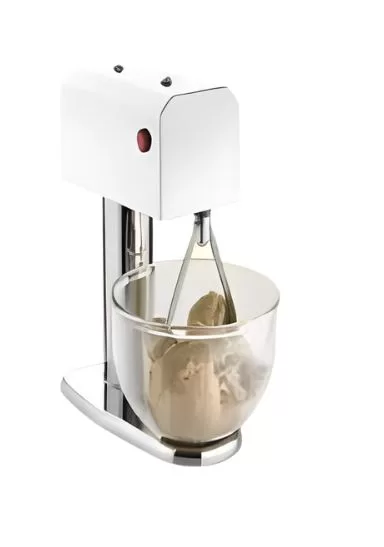
4. Safety Considerations
-
Operating a dough-making machine comes with inherent risks due to the moving parts and electrical components. Observing safety precautions will prevent accidents and ensure the safe operation of the equipment.
4.1 Safe Operation Tips
- Never leave the machine unattended: Keep an eye on the machine during operation, especially if you’re working with a large batch of dough.
- Keep hands and utensils away from the bowl: Never attempt to remove ingredients or touch the dough while the machine is running. Always turn off the mixer before adding or adjusting anything.
- Use the safety guards: If your machine has a safety guard or cover, make sure it’s properly in place before turning on the machine.
- Unplug after use: To prevent accidental start-up or electrical hazards, always unplug the machine when not in use.
4.2 Avoiding Overheating
Dough-making machines, especially spiral and planetary mixers, can overheat if used continuously for long periods. To avoid this:
- Limit kneading sessions to 20-30 minutes at a time, depending on the machine’s specifications.
- Allow the motor to cool between mixing cycles if processing large batches.
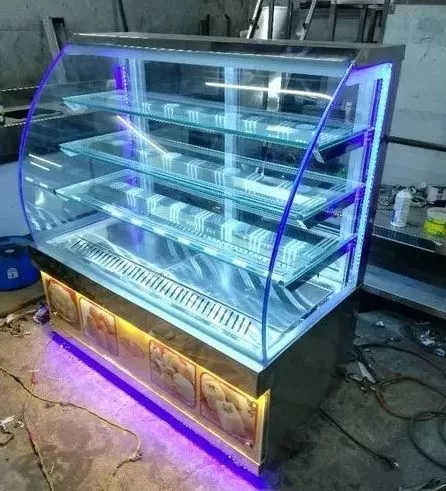
5. Cleaning and Maintenance
-
Proper cleaning and maintenance of the dough-making machine are essential for ensuring its longevity, preventing cross-contamination, and maintaining performance.
5.1 Cleaning the Machine After Use
After each use, follow these steps to clean the machine thoroughly:
- Turn off and unplug the machine: Before cleaning, ensure that the machine is switched off and unplugged.
- Remove and clean attachments: Detach the dough hook or any other attachments and wash them in warm soapy water.
- Wipe the bowl: Remove the bowl and wash it with soapy water. Some bowls may be dishwasher-safe, but check the manufacturer’s recommendations.
- Wipe down the exterior: Use a damp cloth to wipe down the machine’s exterior, ensuring no flour, dough, or other residues are left on the surface.
- Dry thoroughly: Make sure all parts are completely dry before reassembling or storing the machine.
5.2 Regular Maintenance
Regular maintenance will help keep your dough-making machine in good working order. Key maintenance tasks include:
- Lubrication: Periodically lubricate moving parts according to the manufacturer’s instructions.
- Inspecting belts and gears: Check for wear and tear on belts, gears, or other mechanical parts. Replace worn parts as needed to prevent mechanical failure.
- Calibration checks: Ensure that mixing speeds are accurate and that the machine is functioning correctly. Over time, parts may wear, leading to uneven or improper mixing.
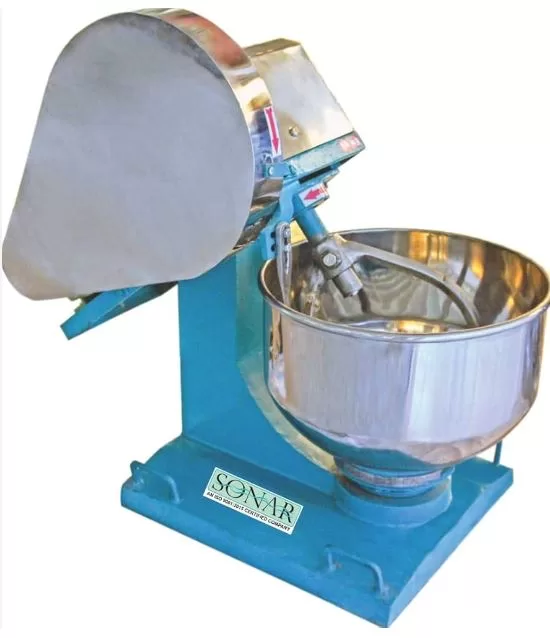
6. Troubleshooting Common Issues
-
Sometimes, even the most well-maintained machines may experience issues. Here’s how to troubleshoot common problems when operating a dough-making machine.
6.1 Machine Won’t Start
- Check the power connection: Ensure the machine is properly plugged in and that the outlet is functioning.
- Safety guard engaged: Some machines won’t start if the safety guard is not in place. Make sure it is correctly fitted.
6.2 Dough is Too Wet or Dry
- Incorrect ingredient ratios: Check the recipe and adjust the amount of liquid or flour. For overly wet dough, gradually add more flour. For dry dough, add small amounts of water.
6.3 Machine Overheating
- Cooling time: If the machine overheats, turn it off and allow it to cool before resuming operation.
- Overloaded dough: Ensure that the dough quantity does not exceed the machine’s capacity.
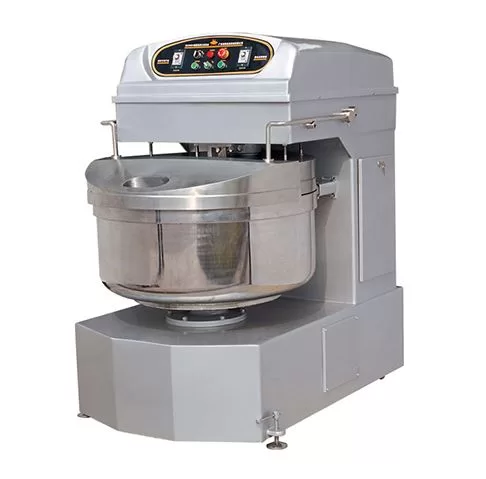
Conclusion
- Operating a dough-making machine efficiently involves understanding the different types of mixers, proper ingredient loading, setting appropriate speeds, and maintaining the machine regularly. By following the guidelines outlined in this comprehensive guide, you can enhance productivity, ensure consistent results, and extend the lifespan of your equipment. Whether you’re kneading bread dough for a bakery or preparing pizza dough in a restaurant, mastering the dough-making machine is essential for success in any commercial kitchen or bakery.
About Author sudeshna mukherjee
You May Also Like…
2024 Buyer’s Guide: How to Choose the Best Auto Clean Chimney for Your Kitchen
IntroductionA chimney is essential for a clean and safe kitchen. Kitchen chimneys are essential for aesthetics and...
How to Choose the Right POS Software for Your Restaurant in India
Introduction Profits are what make it all worthwhile. Running a successful restaurant requires an efficient...

